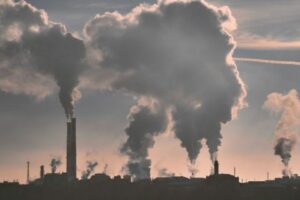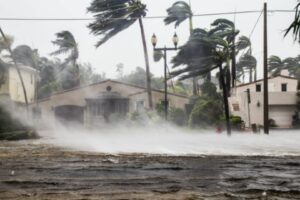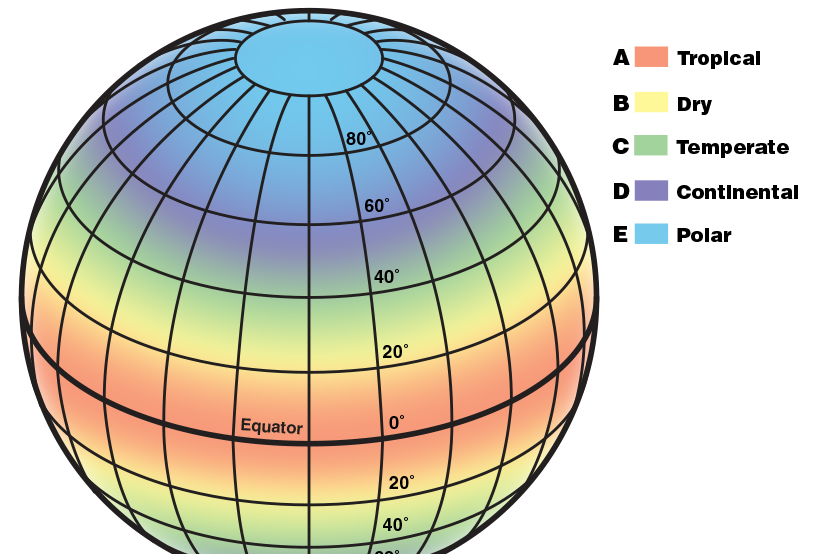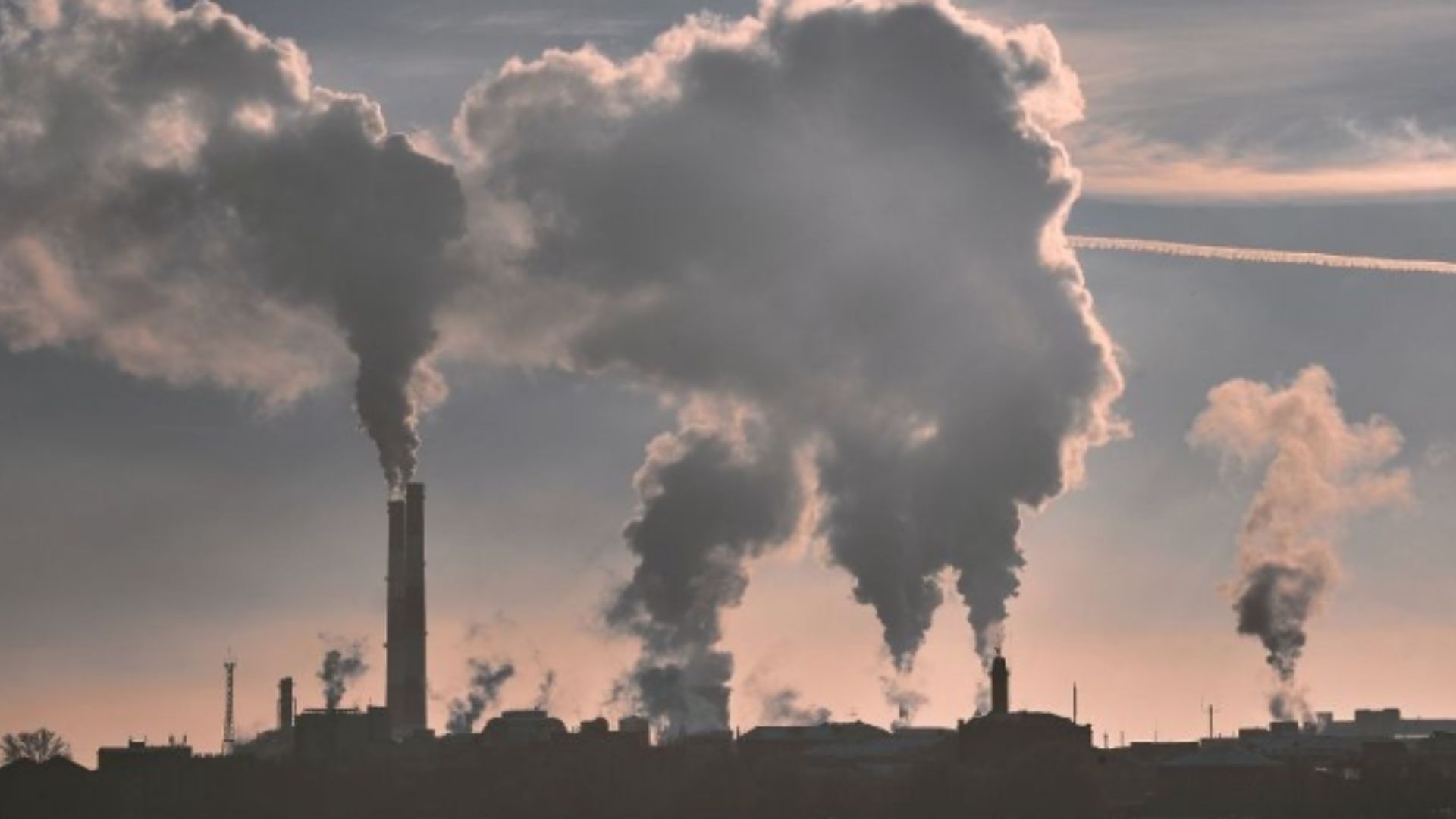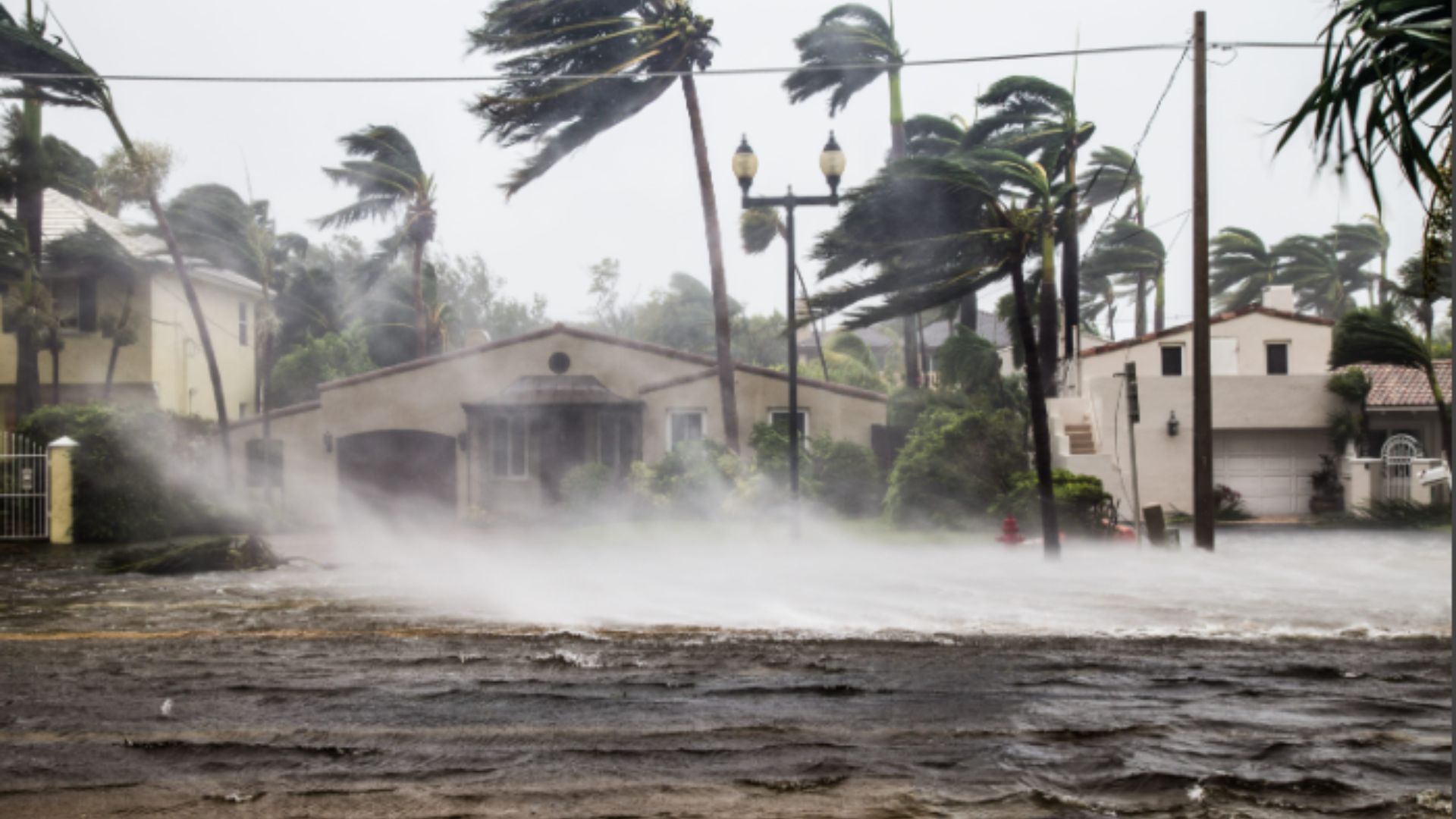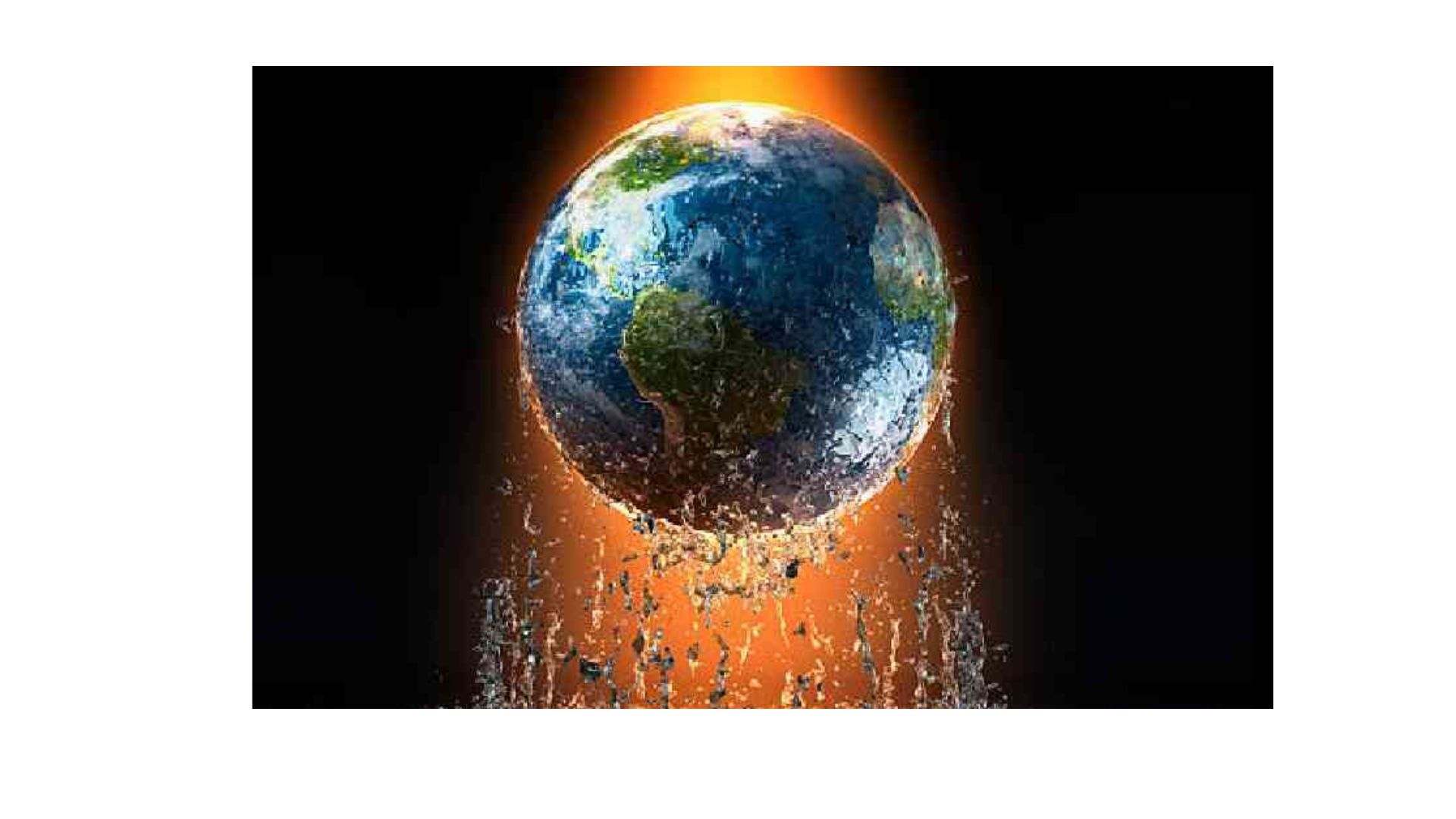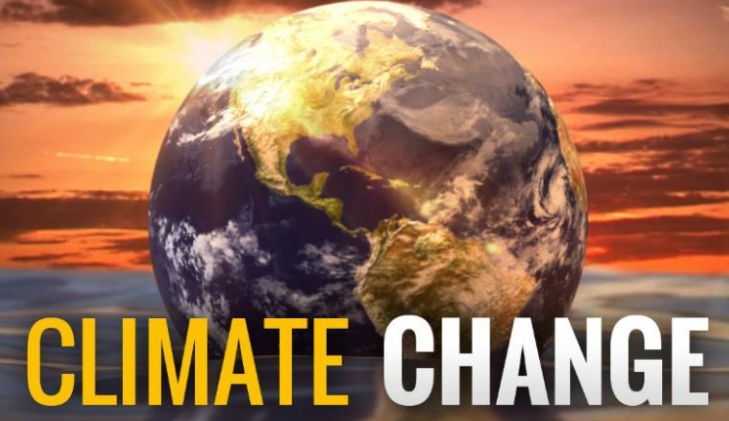Climate change is an undeniable global challenge that affects our planet in multiple ways. While we often hear about the overarching issue of global warming, it’s essential to recognize that climate change encompasses various types. Moreover, each with distinct characteristics and consequences. In this article, we will delve into the diverse forms of climate change, shedding light on their causes and impacts.
Temperature Change
The most widely recognized form of climate change is temperature change. It refers to the long-term alteration in Earth’s average temperature, primarily caused by the accumulation of greenhouse gases in the atmosphere. This increase in temperature has far-reaching consequences, including rising sea levels, more frequent and severe heatwaves, and shifts in weather patterns. In recent decades, the global average temperature has risen at an alarming rate. Therefore, leading to urgent calls for action to mitigate its effects.
Ocean Acidification
Transitioning to the oceans, we encounter another significant type of climate change: ocean acidification. This phenomenon occurs when the excess carbon dioxide (CO2) in the atmosphere is absorbed by the ocean. Thus leading to a decrease in the pH level of seawater. As a result, marine ecosystems, particularly coral reefs and shellfish populations, face dire consequences. Ocean acidification disrupts the delicate balance of underwater life, affecting the biodiversity of our oceans and the livelihoods of communities dependent on them.
Extreme Weather Events
Extreme weather events are becoming more frequent and intense due to climate change. These events encompass a wide range of phenomena, including hurricanes, droughts, floods, and wildfires. As global temperatures rise, so does the energy in the Earth’s climate system, increasing the likelihood of these disasters. For instance, warmer oceans fuel stronger hurricanes, while prolonged heatwaves contribute to more extensive and devastating wildfires. The consequences of extreme weather events are profound, impacting ecosystems, infrastructure, and human lives.
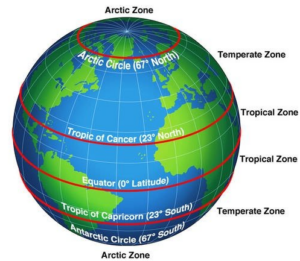
Glacial Retreat and Melting Ice
In the polar regions, climate change is causing the rapid retreat of glaciers and the melting of ice sheets and sea ice. The consequences of this type of climate change are twofold. First, it leads to rising sea levels, which pose a threat to coastal communities worldwide. Second, the loss of ice contributes to the warming of the planet, as ice reflects sunlight and heat back into space. With less ice to do this, more heat is absorbed, exacerbating global warming.
Changing Rainfall Patterns
Changing rainfall patterns are a critical aspect of climate change, affecting both precipitation levels and distribution. Some regions experience increased rainfall and flooding, while others face prolonged droughts and water scarcity. These shifts in precipitation patterns can have dire consequences for agriculture, water resources, and ecosystems. For example, droughts can lead to crop failures and food shortages, while excessive rainfall can trigger landslides and damage infrastructure.
Conclusion
In conclusion, climate change is not a monolithic issue but a complex interplay of various types. Thus, each with its unique set of challenges and consequences. From rising temperatures and ocean acidification to extreme weather events and glacial retreat, the impacts of climate change are far-reaching and often interconnected. It is imperative that we take immediate and concerted action to mitigate the causes of climate change and adapt to the changes already underway. Transitioning to cleaner energy sources, reducing greenhouse gas emissions, and implementing sustainable practices are crucial steps toward addressing the multifaceted challenge of climate change. Only through collective efforts can we hope to mitigate its worst effects and protect the planet for future generations.





